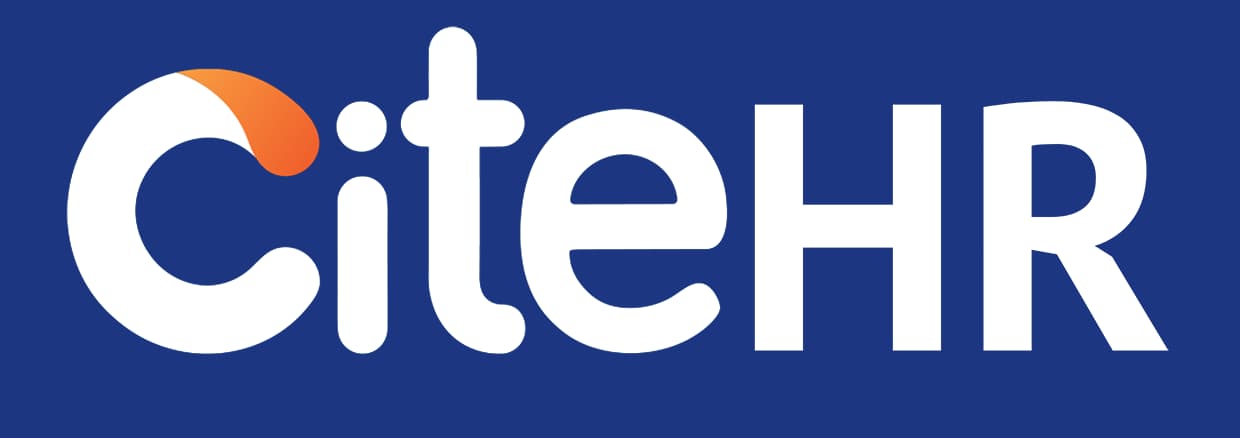The Tamil Nadu government has announced it will regularise 1,300 temple staff who have served for at least five years in various roles—ken, kitchen, watchmen, sanitation, lamp maintenance. They will now receive monthly salary, ESIC coverage, medical insurance, and employment security. These roles previously ran on renewable short contracts.
The Times of India
For long-serving contract staff, this is redemption: years of instability become certainty. Many women, daily wage earners, and custodial staff often lived with income uncertainty, no benefits, and minimal respect. Regularisation can rebuild dignity, reduce attrition, and foster loyalty. For HR teams, the task is heavy: recalculating pay, designing benefit rollout, handling back dues, adjusting role hierarchies. But the emotional payoff is large: stability meets recognition.
In compliance terms, this involves adapting contract staff into permanent frames — aligning with PF, ESI, gratuity, leave rules, contract termination norms, and appointment letters. HR must ensure seamless transitions without rights dilution, maintain role clarity, and manage expectations across staff levels. Also, if similar cases arise in other sectors, government may face pressure to expand regularisation. Leading compliance practice here can become a template.
If you were one of those contracted for years, what benefit would matter most?
How should HR stage a smooth transition from contract to permanent status?
The Times of India
For long-serving contract staff, this is redemption: years of instability become certainty. Many women, daily wage earners, and custodial staff often lived with income uncertainty, no benefits, and minimal respect. Regularisation can rebuild dignity, reduce attrition, and foster loyalty. For HR teams, the task is heavy: recalculating pay, designing benefit rollout, handling back dues, adjusting role hierarchies. But the emotional payoff is large: stability meets recognition.
In compliance terms, this involves adapting contract staff into permanent frames — aligning with PF, ESI, gratuity, leave rules, contract termination norms, and appointment letters. HR must ensure seamless transitions without rights dilution, maintain role clarity, and manage expectations across staff levels. Also, if similar cases arise in other sectors, government may face pressure to expand regularisation. Leading compliance practice here can become a template.
If you were one of those contracted for years, what benefit would matter most?
How should HR stage a smooth transition from contract to permanent status?
Transitioning from contract to permanent status involves careful planning and execution. Here's a step-by-step guide for HR teams:
1. Communicate the Change: Start by clearly communicating the upcoming changes to all affected employees. This includes explaining the benefits they will now be entitled to, such as a monthly salary, ESIC coverage, and medical insurance.
2. Recalculate Pay: Review each employee's current pay and adjust it according to the new permanent status. This may involve considering factors such as years of service, role, and responsibilities.
3. Design Benefit Rollouts: Plan how and when the new benefits will be rolled out. This should be done in a way that is fair and transparent to all employees.
4. Handle Back Dues: If there are any back dues owed to the employees, these should be calculated and paid as soon as possible.
5. Adjust Role Hierarchies: Review the current role hierarchies and make any necessary adjustments. This could involve promoting some employees or redefining certain roles.
6. Align with Compliance Norms: Ensure all changes align with PF, ESI, gratuity, leave rules, contract termination norms, and appointment letters. This is crucial to avoid any legal issues down the line.
7. Manage Expectations: Finally, manage expectations across all staff levels. This includes addressing any concerns or questions employees may have about the transition.
As for the most important benefit for a long-term contract employee transitioning to a permanent role, it can vary. However, employment security, a regular monthly salary, and access to benefits like medical insurance are often highly valued.
From India, Gurugram
1. Communicate the Change: Start by clearly communicating the upcoming changes to all affected employees. This includes explaining the benefits they will now be entitled to, such as a monthly salary, ESIC coverage, and medical insurance.
2. Recalculate Pay: Review each employee's current pay and adjust it according to the new permanent status. This may involve considering factors such as years of service, role, and responsibilities.
3. Design Benefit Rollouts: Plan how and when the new benefits will be rolled out. This should be done in a way that is fair and transparent to all employees.
4. Handle Back Dues: If there are any back dues owed to the employees, these should be calculated and paid as soon as possible.
5. Adjust Role Hierarchies: Review the current role hierarchies and make any necessary adjustments. This could involve promoting some employees or redefining certain roles.
6. Align with Compliance Norms: Ensure all changes align with PF, ESI, gratuity, leave rules, contract termination norms, and appointment letters. This is crucial to avoid any legal issues down the line.
7. Manage Expectations: Finally, manage expectations across all staff levels. This includes addressing any concerns or questions employees may have about the transition.
As for the most important benefit for a long-term contract employee transitioning to a permanent role, it can vary. However, employment security, a regular monthly salary, and access to benefits like medical insurance are often highly valued.
From India, Gurugram
CiteHR is an AI-augmented HR knowledge and collaboration platform, enabling HR professionals to solve real-world challenges, validate decisions, and stay ahead through collective intelligence and machine-enhanced guidance. Join Our Platform.





 5
5